Common Problems and Solutions in Heat Exchangers
2024-06-13 15:42:53
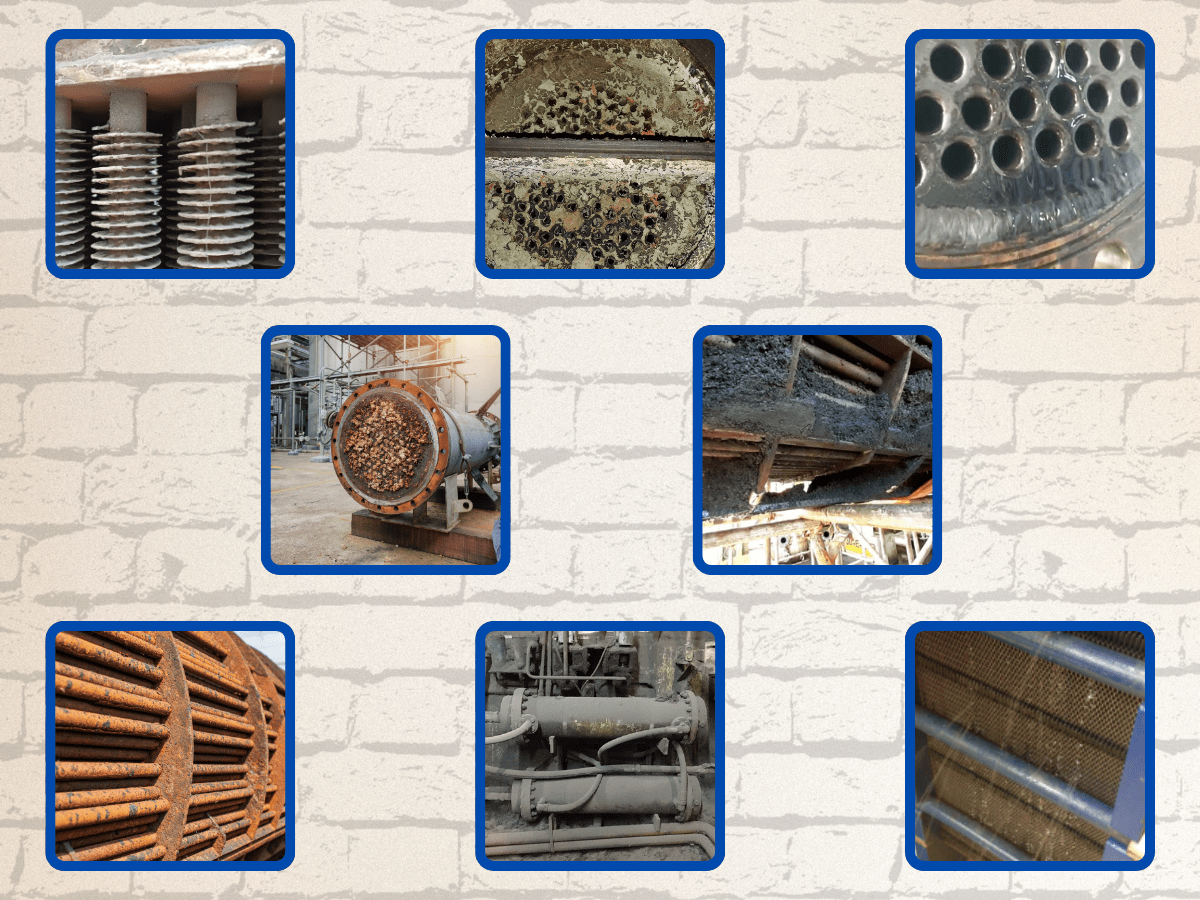
A comprehensive guide on common problems and effective solutions in heat exchangers. Expert recommendations for scaling, rust, fluid loss, and more
Common Problems and Solutions in Heat Exchangers
Heat exchangers, indispensable elements of the energy sector, function by facilitating the heat transfer of fluids in facilities. However, these crucial components can encounter various issues over time. Understanding these problems and developing effective solutions is essential to enhance the efficiency of heat exchangers and minimize operational costs.
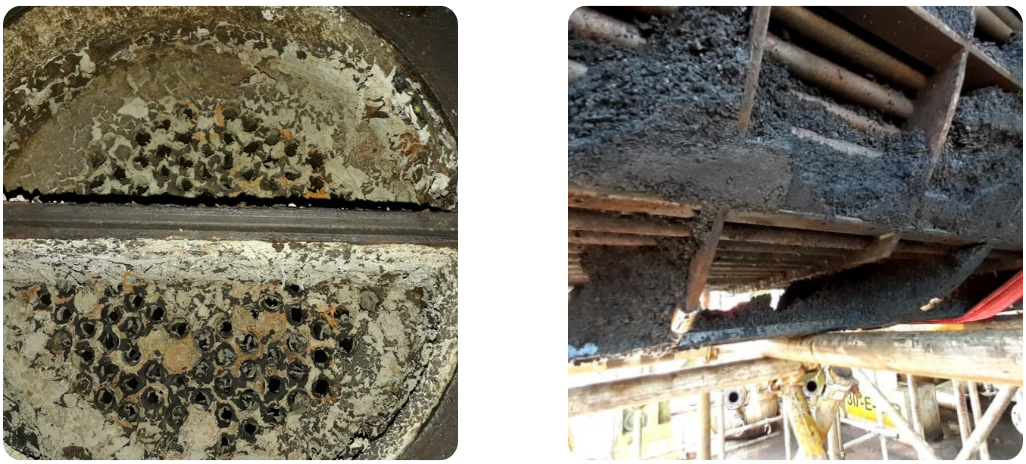
Problem 1: Scaling and Sediment Accumulation
One frequent issue in heat exchangers is scaling and sediment buildup. In regions where hard water is used, the pipes of the heat exchanger can gradually become scaled and sediment can form on the inner surfaces. This situation reduces the efficiency of heat transfer and leads to energy loss in facilities.
Solution 1: Regular maintenance and cleaning are crucial to prevent scaling and sediment buildup. Using chemical cleaning agents and appropriate filtration systems can help keep the inner surfaces of heat exchangers clean. Additionally, preventive measures such as water softeners can be implemented.
Problem 2: Rust and Corrosion
The metal surfaces of heat exchangers can rust and corrode over time. This issue can be more prevalent in industrial environments where aggressive chemicals are used. Rust and corrosion can shorten the lifespan of heat exchangers and reduce the reliability of systems.
Solution 2: To prevent rust and corrosion, heat exchangers should be coated with suitable protective materials. Choosing the right materials and performing regular maintenance can minimize the risk of rust. Durable materials like high-quality stainless steel should be preferred.
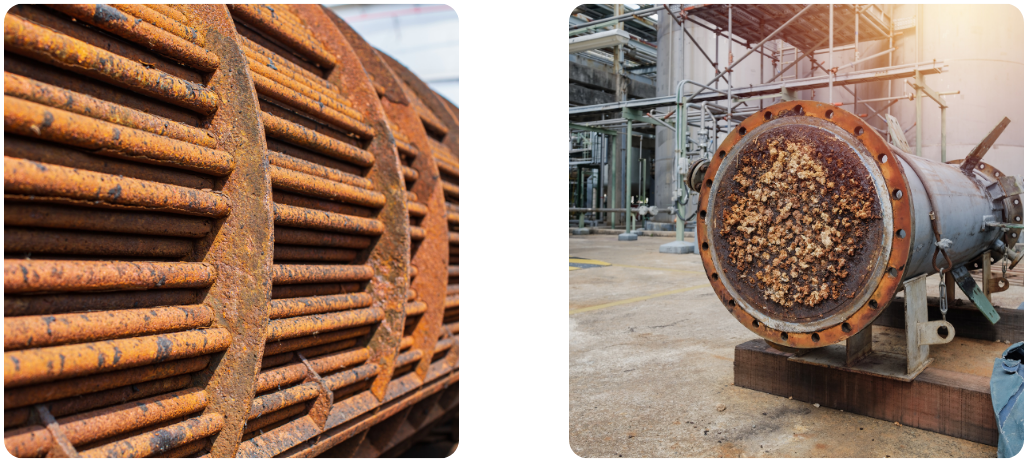
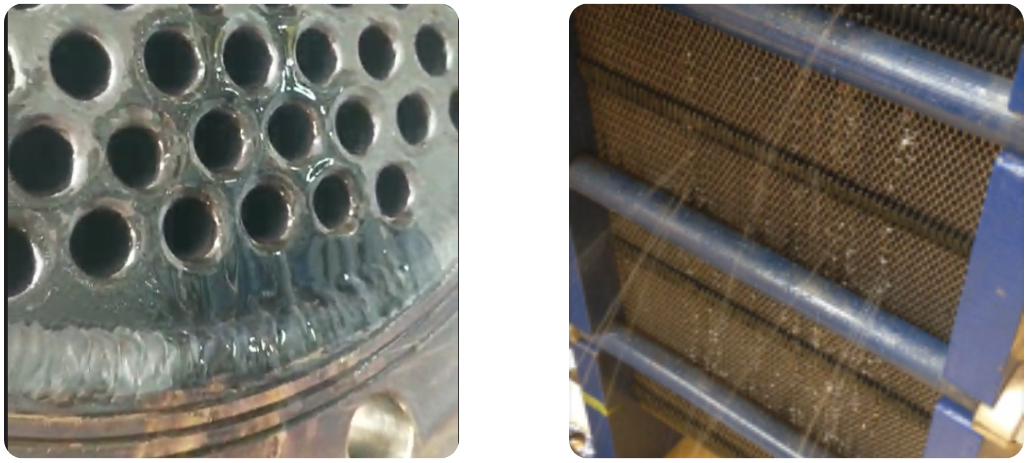
Problem 3: Fluid Loss and Leaks
Fluid loss and leaks in heat exchangers are significant problems that can reduce system efficiency and have environmental impacts. This situation can lead to energy waste and increased operational costs in facilities.
Solution 3: Regular inspections and maintenance are essential to prevent fluid loss and leaks. Regularly checking gaskets and connection points allows for early detection of potential leaks. Additionally, using high-quality gaskets and ensuring tight connections is important.
Problem 4: Thermal Expansion Issues
Temperature changes in heat exchangers can cause thermal expansion problems. This situation can affect the structural integrity of the heat exchanger and cause leaks.
Solution 4: To minimize thermal expansion problems, careful attention should be paid to the design and installation of the heat exchanger. Structural integrity can be ensured using flexible connections and appropriate expansion zones.
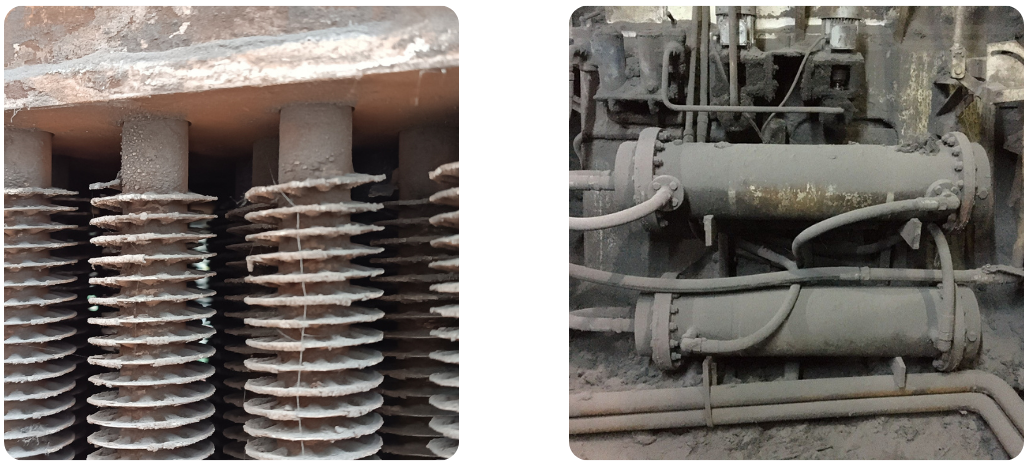
Problem 5: Cooling Water Quality
Another factor affecting the efficiency of heat exchangers is the quality of the cooling water. Dirty or contaminated water can form deposits on the inner surfaces of the heat exchanger and reduce efficiency.
Solution 5: Regular water analysis and the use of appropriate treatment systems are essential to maintain the quality of cooling water. Additionally, the quality of the water can be improved with filtration systems and chemical additives.
The problems encountered in heat exchangers and their solutions are critical factors affecting the efficiency of facilities. It is important to take the right measures to address issues such as scaling, rust, fluid loss, thermal expansion problems, and water quality. Contact our experts to learn more about effective solutions to enhance the performance of your heat exchangers.